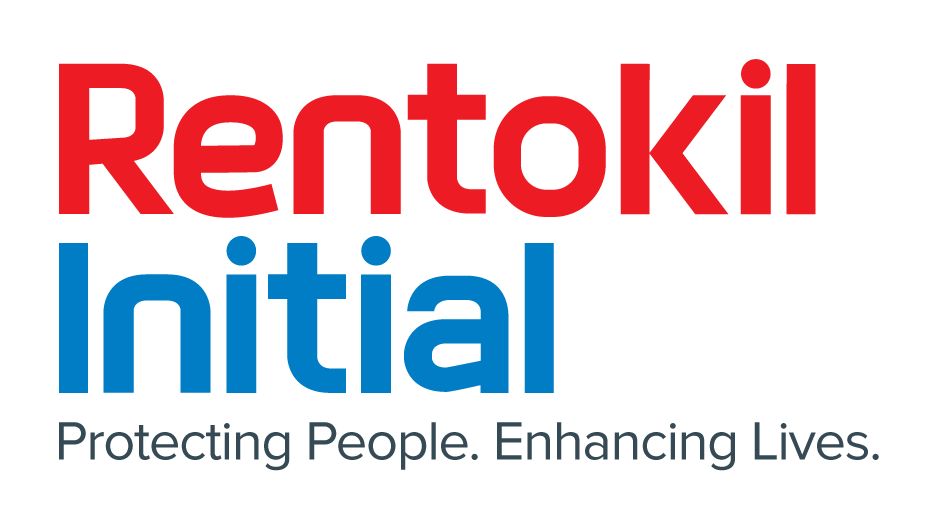In recent weeks I have shared the methodology we employ to create an effective manual handling programme. At Provention, we strongly believe that the main goal of training should be to enhance an individuals interaction with their surroundings, thereby reducing the likelihood of physical harm. To recap, the steps we have introduced were:
Step 1: Acquiring the right knowledge
This involves providing simple guidelines for body positioning, such as keeping elbows pointing downward or aligning toes with the nose to avoid twisting the lower back and leading the grip with the pinky finger to avoid wrist and arm strain.
Step 2: Implementing the correct learning process
This step focuses on ensuring that individuals physically experience the effects of different techniques on their bodies. For example, they may compare the use of arms with elbows pointing outward versus elbows pointing downward or gripping with their whole hand vs leading the grip with their pinky finger.
The next step focuses on the practical application of the principles learnt in steps 1 and 2 and once your people understand the fundamentals of these steps, the principles they’ve learnt or experienced may be applied to nearly any activity.
Most manual tasks require a combination of the following actions: pushing, pulling, carrying, gripping, working above shoulder height, bending, leaning, reaching, twisting, and lifting.
Our bodies do not differentiate being at work vs not at work (ie., whether we are engaged in a money earning activity or not!)
Whether it’s a pushing activity, such as a bench press at the gym, or moving a heavy pallet at work, the same principles apply. Similarly, gripping a knife at a meat works, or holding a paintbrush while doing DIY, requires effective gripping to prevent issues such as ‘tennis elbow.’ The act of pulling up to access a truck, or pull starting a chainsaw will apply the same safe movement principles for strength and to avoid strain.
While task specificity is crucial, the beauty of teaching these principles initially lies in their applicability to any physical activity.
Next week I will discuss the final step in the Pathway to Safe Movement Habits. I’m sure it will not be hard to guess – as it is a vital step in the formation of any habit.





























